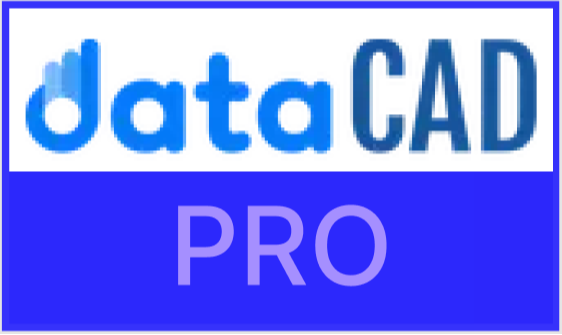
DataCAD
- 1Create a visual copy of a real world process or object
A wide range of libraries of smart primitives for various industrial areas. If necessary create unique primitives. Each primitive is an object with set up properties.
- 2Specify the logic of relationships and interactions between primitives
Any logic of interaction and business communication may be set up. You just need to understand how your process or real-world object works. Just repeat the logic of its work and recreate business connections on the canvas.
- 3Find and configure all nessesary data sources
Find all the necessary data sources for the digital twin to work correctly: Excel tables, data lake, databases, data warehouses, etc. If necessary, create missing sources to your digital twin behaiveor correctly.
- 4Link primitives with real data
Set up connections between primitives and real data sources.
- 5Add data transformations
Create aggregates, enter data transformation formulas, add code in an internal language or JS for more complex logic for working with data. Use built-in ML and AI methods for deep data analytics or add your own. If necessary, connect specialized solvers.
- 6Customize visual effects and alerts
Create visual effects based on intermediate results. Set up alerts and information flow.
- 7Create and customize dashboards
Create and customize analytical dynamic visual reports (dashboards) from a wide range of templates for graphs, charts and other analytical visualizations.
- 8Check the resulting model for adequacy
Set up various checks for data quality and the adequacy of the behavior of the resulting model to the observed object.
- 9Create additional domain spaces
Create additional spaces to enrich the digital twin with the necessary information from other domains of your business: energy, transport, communications, economics, etc. and set up connections between them.
- 10Set up access permissions
Configure access rights to domains and analytical dashboards.
- 11Continuously develop your digital twin
Constantly develop the digital twin, supplementing it with new data sources and other domains. Automatically find new dependencies in your data. Expand your user base to get the full benefits of a digital twin for your business.